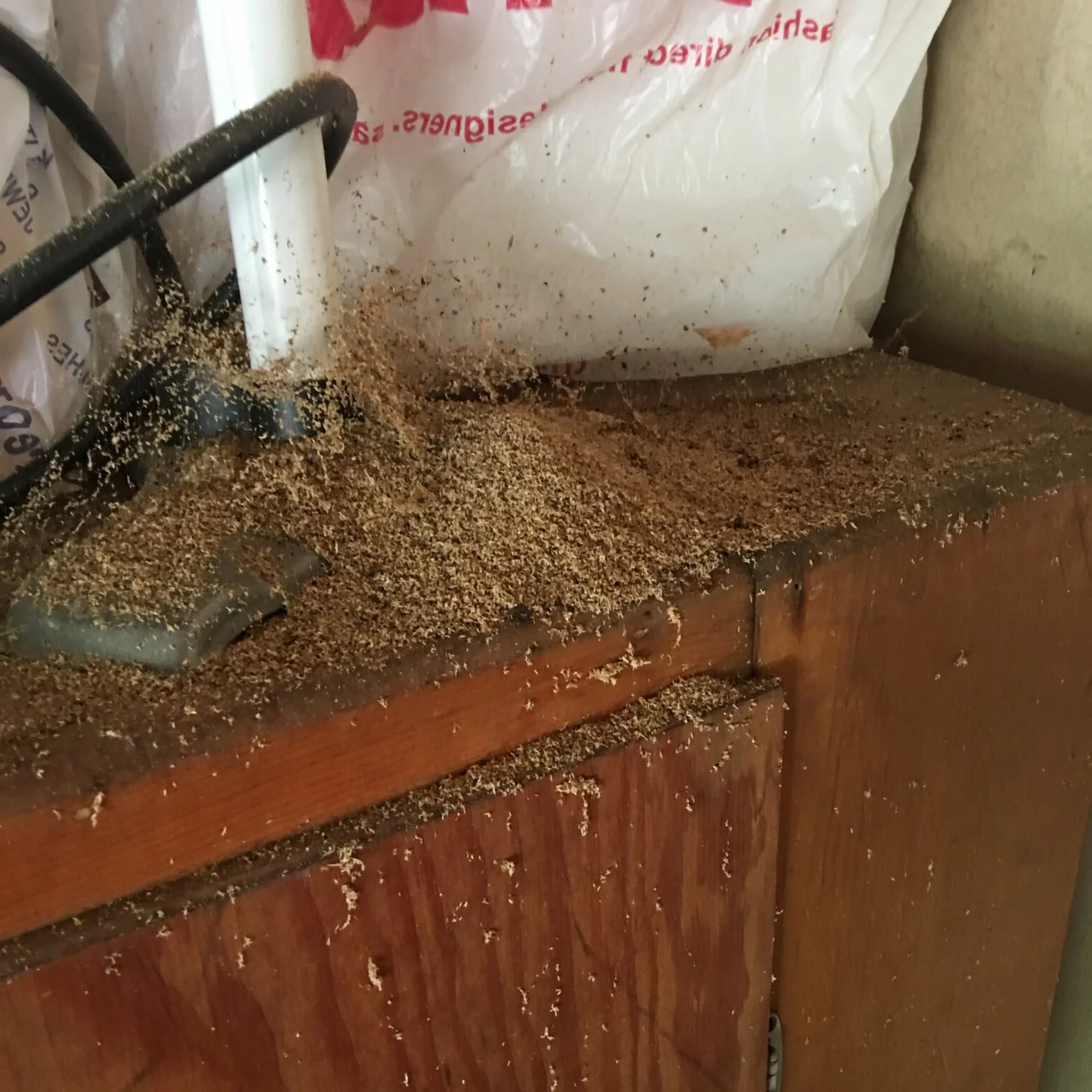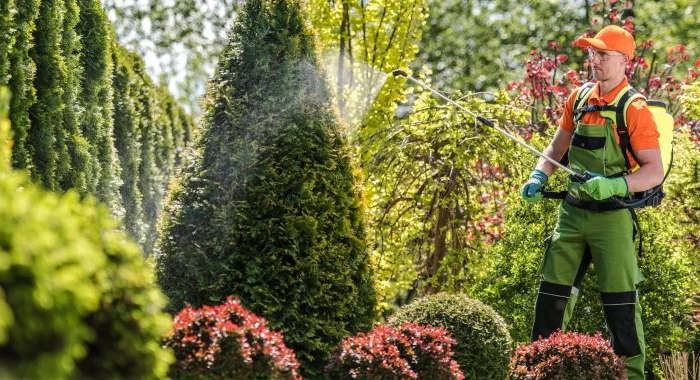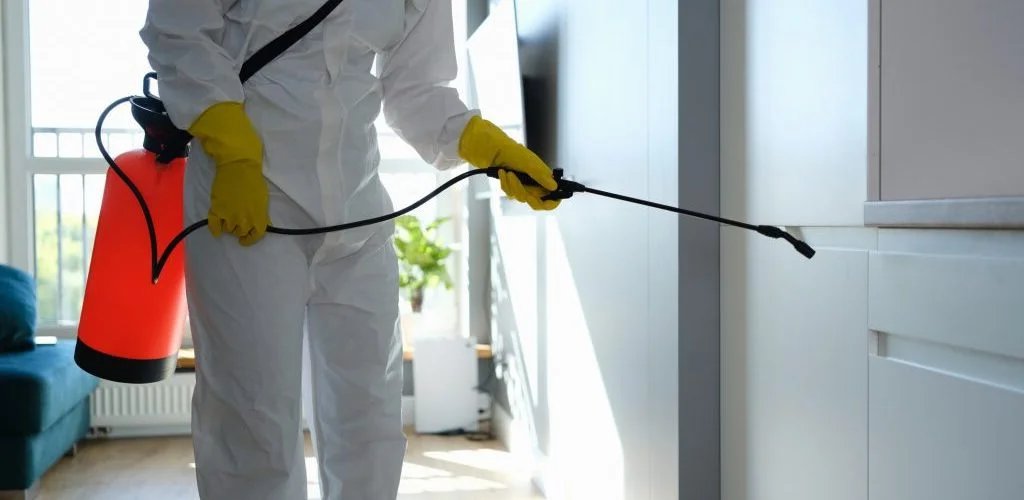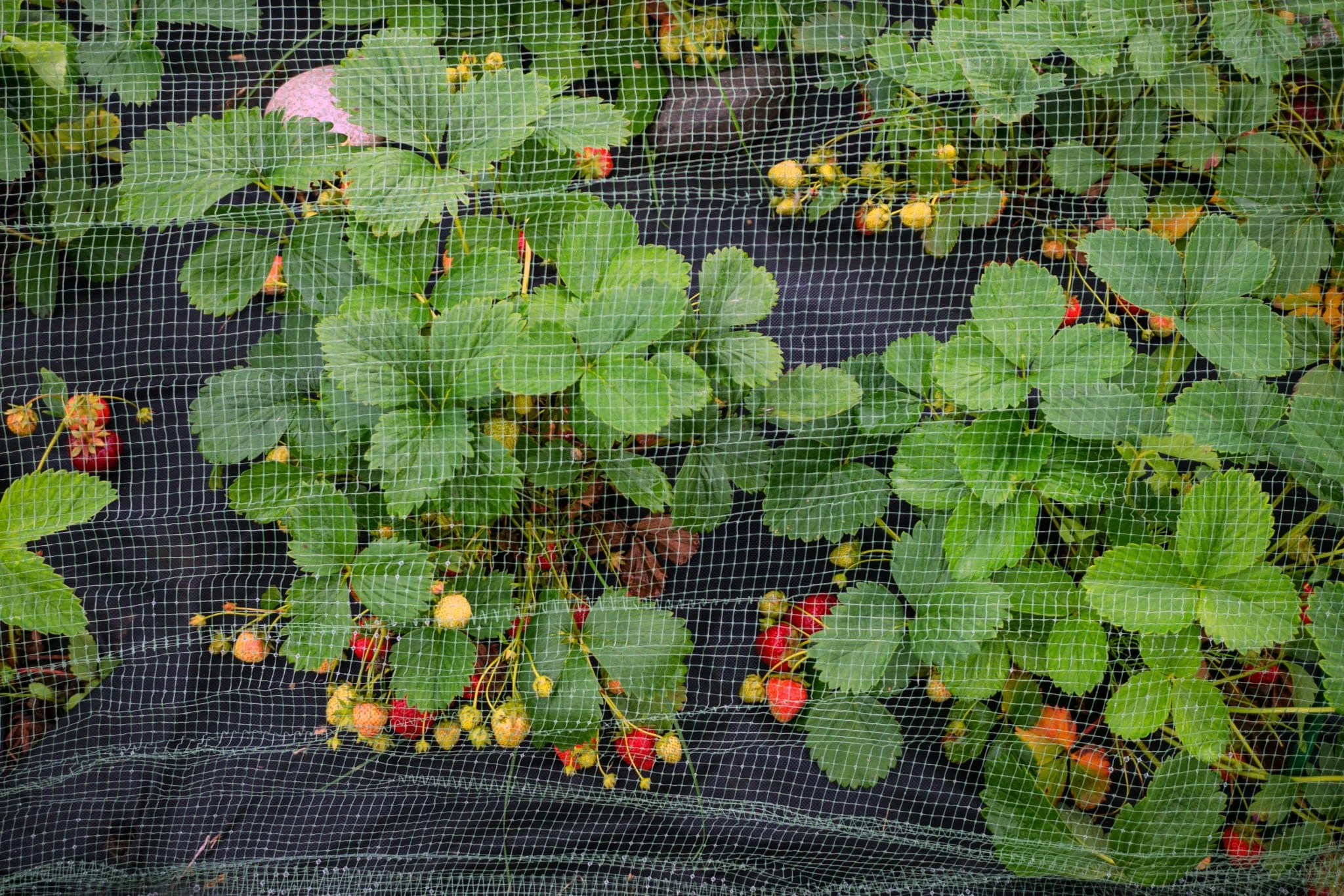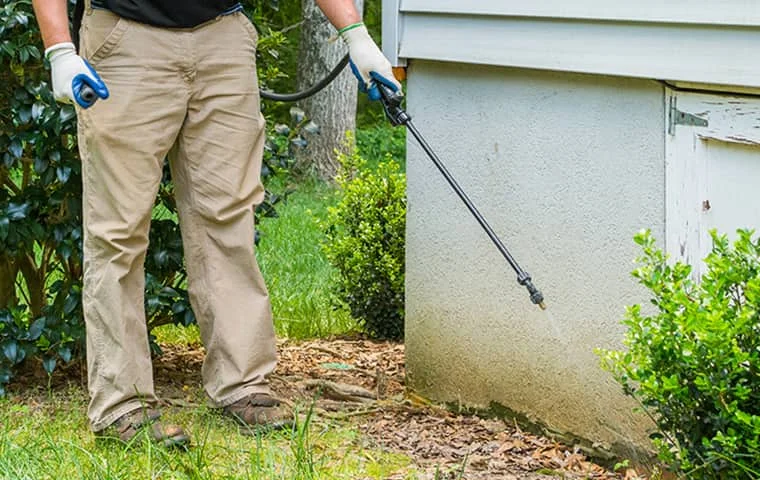Eastern Nebraska (Missouri River Valley)
Including: Omaha, Lincoln, Bellevue, Fremont, Papillion, Nebraska City, Plattsmouth
Eastern Nebraska's more humid climate and higher population density create distinctive pest management requirements focused on termite protection, diverse ant species, and seasonal invaders affecting developing suburban communities. The region receives substantially higher annual precipitation than western areas, supporting moisture-dependent pest species requiring different management approaches than drier zones. Eastern Nebraska faces the state's highest termite pressure, with established subterranean termite populations requiring comprehensive protection strategies for both existing structures and new construction. The region's expanding suburban development creates unique challenges where construction activity frequently disturbs existing colonies, increasing pressure on newly built neighborhoods. Commercial properties throughout eastern Nebraska face protection challenges supporting diverse business operations in metropolitan areas, while residential services address both established urban neighborhoods and rapidly expanding suburban communities with different pest vulnerability patterns based on construction age, landscape maturity, and surrounding habitat features.
Central Nebraska (Platte River Valley/Sandhills)
Including: Grand Island, Kearney, Hastings, Columbus, Lexington, North Platte, Broken Bow
Central Nebraska combines Platte River Valley development with Sandhills transition zones, creating diverse pest management needs influenced by both river corridor effects and unique sandy soil environments. This transitional region experiences significant agricultural influence on pest populations, with seasonal movement patterns affected by extensive farming operations throughout the river valley. The area's distinctive Sandhills ecosystem supports specialized insect populations adapted to sandy soils, creating management challenges different from eastern Nebraska's more conventional pest profiles. Properties throughout central Nebraska face substantial rodent pressure requiring comprehensive exclusion and management programs, particularly during fall transitions before winter conditions drive mice toward structures seeking shelter. The region's agricultural operations influence pest pressure on both residential and commercial properties, with crop cycles affecting insect population dynamics throughout the growing season. Commercial properties throughout central Nebraska face protection challenges supporting regional agricultural processing, livestock operations, and transportation hubs, while residential services address communities of varying sizes with different pest vulnerability patterns based on proximity to agricultural activities and natural habitat features.


